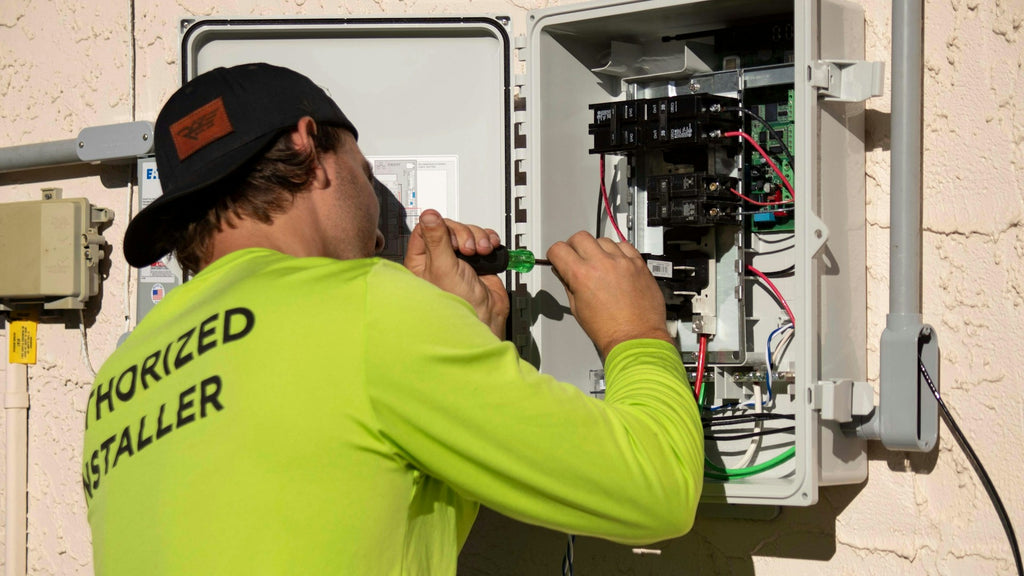Solar inverters are essential components of photovoltaic systems, converting direct current (DC) from solar panels into alternating current (AC) for home use. However, like any technology, they can encounter issues. Understanding solar inverter troubleshooting is crucial for maintaining optimal performance. Here, we explore 8 common problems and their easy solutions.

1. No Power Output
One of the most alarming issues is when your solar inverter shows no power output. This could be due to several reasons:
- Check if the inverter is turned on.
- Inspect the circuit breaker for tripped switches.
- Ensure that the solar panels are receiving sunlight.
If these checks do not resolve the issue, consider consulting a professional technician.
2. Overheating
Overheating can lead to inverter shutdowns. This problem often arises from:
- Inadequate ventilation around the inverter.
- High ambient temperatures.
To fix this, ensure that the inverter is installed in a well-ventilated area and consider relocating it if necessary.
3. Error Codes
Many inverters display error codes when issues arise. These codes can indicate:
- Faulty connections.
- Ground faults.
- Voltage issues.
Refer to the inverter's manual for specific error code meanings and follow the recommended troubleshooting steps.
4. Low Energy Production
If your solar system is underperforming, it may be due to:
- Dirty solar panels.
- Shading from nearby trees or buildings.
Regular cleaning and trimming of surrounding vegetation can significantly improve energy production.
5. Inverter Not Syncing with Grid
Sometimes, the inverter may fail to sync with the grid. This can happen due to:
- Grid outages.
- Incorrect settings on the inverter.
Check the grid status and ensure that the inverter settings are correctly configured.
6. Frequent Shutdowns
Frequent shutdowns can be frustrating. This issue may stem from:
- Overvoltage conditions.
- Inverter faults.
Monitoring the inverter's performance and consulting with a technician can help identify the root cause.
7. Noisy Inverter
While some noise is normal, excessive noise can indicate problems such as:
- Loose components.
- Fan malfunctions.
Inspect the inverter for loose parts and ensure that the cooling fan is functioning properly.
8. Communication Issues
Inverters often communicate with monitoring systems. If communication fails, it may be due to:
- Network issues.
- Faulty communication cables.
Check your network connection and replace any damaged cables to restore communication.
For a more detailed guide on solar inverter troubleshooting, visit this link.
By understanding these 8 common problems and their solutions, you can effectively manage your solar inverter and ensure its longevity. Regular maintenance and timely troubleshooting can significantly enhance your solar energy experience.








